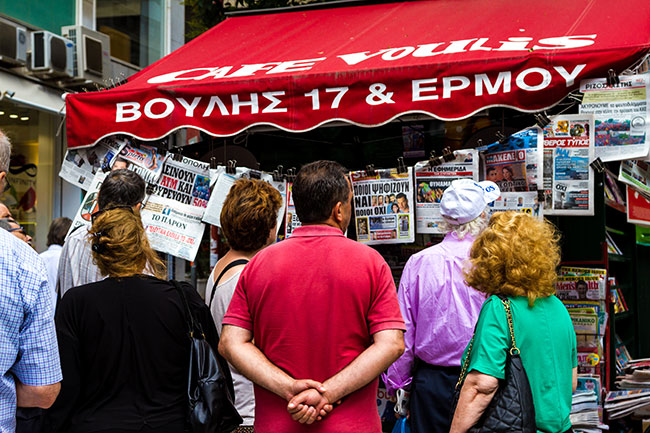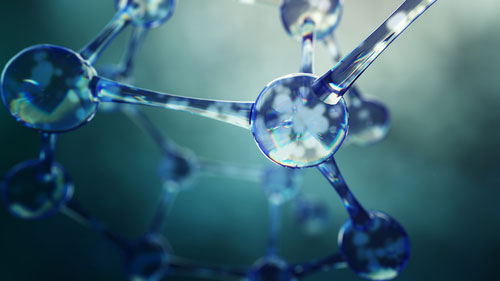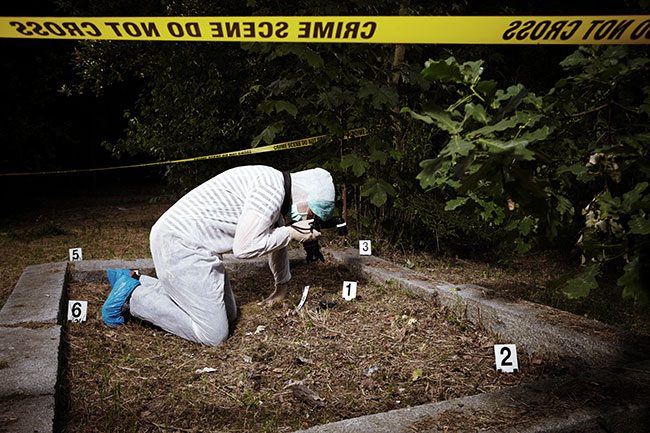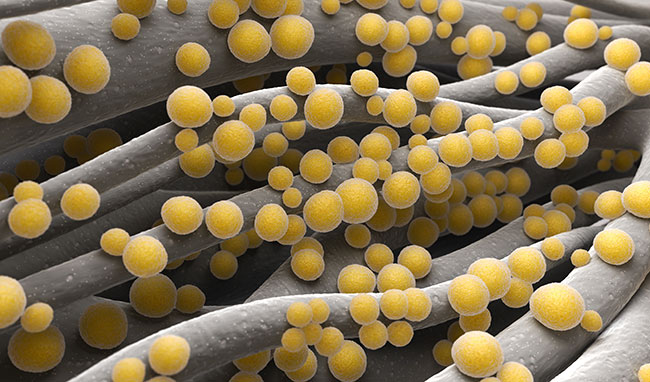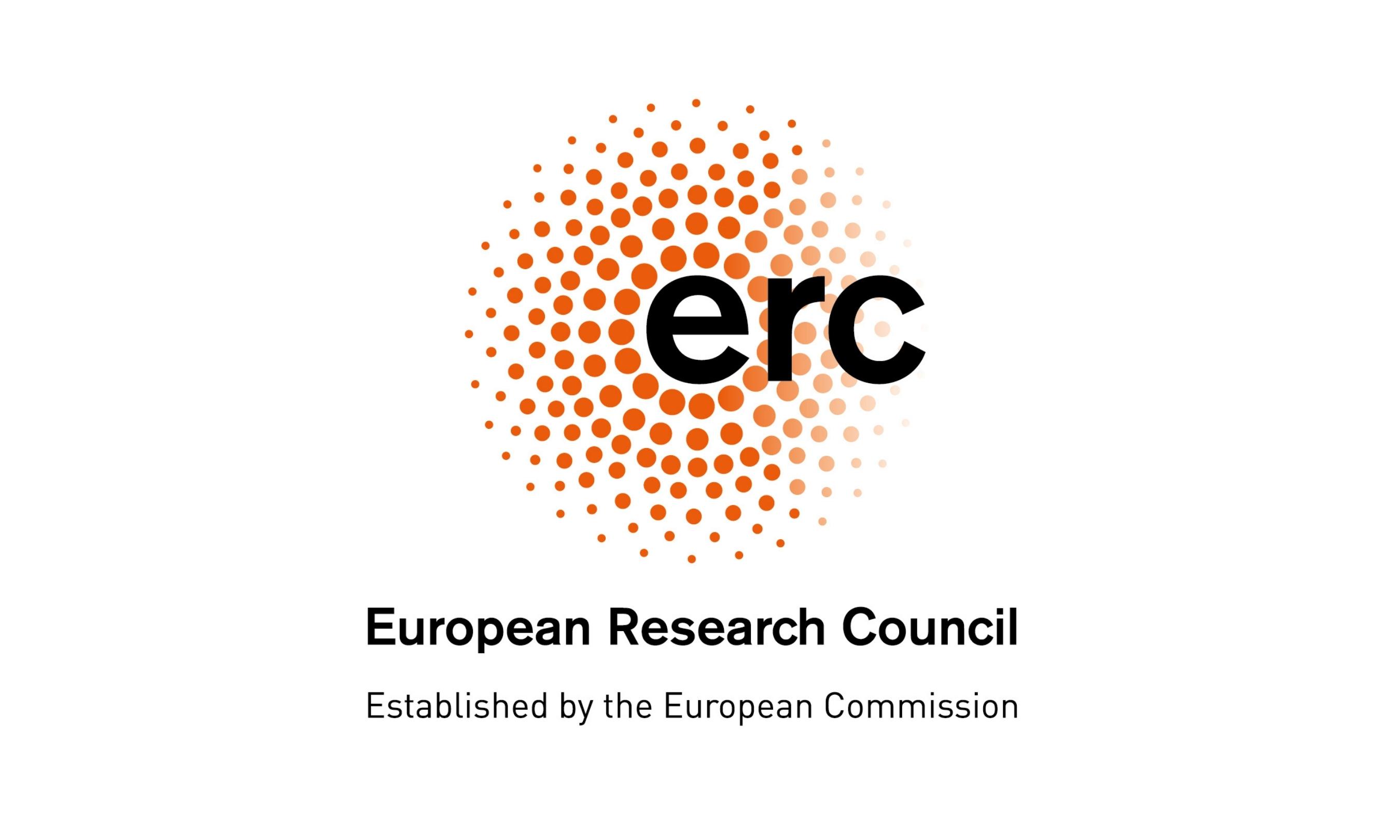
Is your home a safe investment?
Popular wisdom has it that, when deciding where to put your money, nothing is as safe as investing in brick and mortar. Buying a house, in the last century, has become an almost compulsory step towards "financial adulthood", with two-thirds of Europeans now owning the home they live in. But is this really such a safe investment?
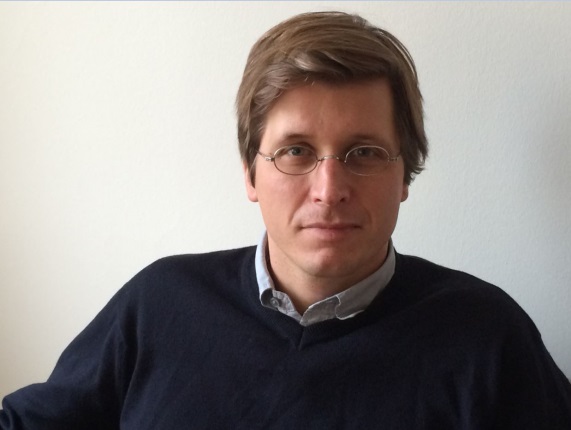 This is the question Prof. Moritz Schularick, from the University of Bonn, will address with his newly-awarded ERC Consolidator Grant.
This is the question Prof. Moritz Schularick, from the University of Bonn, will address with his newly-awarded ERC Consolidator Grant.
Mortgages are the bedrock of our financial institutions and make up the largest part of household debt. However, the large-scale implications of an economy based on the debt of homeowners are poorly understood. Collecting and analysing data from sixteen different countries from 1870 to 2015, he will try to determine the risks linked to this system. He will study the "boom and bust cycles" that have affected the housing market as close as in 2008, and he will try to establish whether the housing shift has caused inequality in wealth distribution. His project SAFEHOUSE will assess how stable a possession that brings a sense of stability to millions of people actually is.
Project: Housing, Finance and the Macroeconomy, 1870-2015 (SafeHouse)
Researcher: Professor Moritz Schularick
Host Institution: Rheinische Friedrich-Wilhelms-Universitat Bonn, Germany
Funding: €1.54 million for five years
Knowing blood vessels inside out
The interior surface of blood vessels is lined with a thin layer of cells called endothelium. Endothelial cells vary in structure and function, and play an important role in vascular-related diseases. Knowing the factors at the root of endothelial cell heterogeneity could open new opportunities for treatment.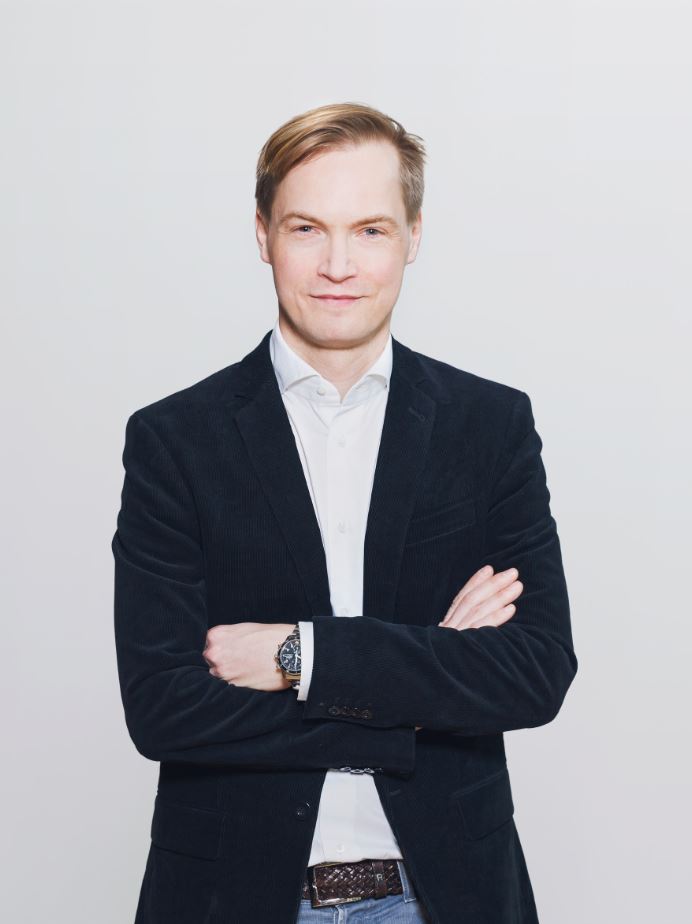
Dr Michael Potente, at the Max Plank Institute for Heart and Lung Research in Bad Nauheim, is going to shed light on endothelial cell diversity by studying the impact of environmental context on cell specialisation. He aims to focus on the relationship between metabolism, epigenetics and cellular differentiation. Potente believes that organ-specific differences in endothelial metabolic state promote specialisation and, therefore, contribute to heterogeneity within the vascular system. He and his team will investigate epigenetic mechanisms that are controlled by metabolism and assess their role for general and organ-specific blood vessel formation. They will study cell regulation by metabolic and vascular differentiation signals, as well as the impact of obesity and ageing on endothelial specialisation. Their research promises to provide a better understanding of how alterations in metabolism and nutrition contribute to vascular-related diseases.
Project: Epigenetic and metabolic regulation of endothelial heterogeneity (EMERGE)
Researcher: Dr Michael Potente
Host Institution: Max Plank Institute for Heart and Lung Research, Bad Nauheim, Germany
Funding: €2 million for 5 years
Believe it or not – How do we choose what to believe
 Is my judgement biased? Today, we are living in a world of fierce political debate, radicalised views, and ever-present information sources that are often at odds with each other. Understanding what factors and mechanisms determine how we shape our opinions is fundamentally important. With his newly-awarded ERC Consolidator Grant, Prof. Gael Le Mens, from Pompeu Fabra University, will study the way we choose what to believe in, in order to investigate the consequences of the process for both individuals and society.
Is my judgement biased? Today, we are living in a world of fierce political debate, radicalised views, and ever-present information sources that are often at odds with each other. Understanding what factors and mechanisms determine how we shape our opinions is fundamentally important. With his newly-awarded ERC Consolidator Grant, Prof. Gael Le Mens, from Pompeu Fabra University, will study the way we choose what to believe in, in order to investigate the consequences of the process for both individuals and society.
Prof. Le Mens will use dominant theories of belief formation to model how we select information to create our views. His work aims to predict the mechanisms of collective decision-making, explaining the role of social network in providing information about alternative choices and polarising opinions. In his work, he will try to explain the influence that common sources of bias have on our belief systems, from stereotyping social groups that are different from our own, to resisting institutional change. His results will help navigate an increasingly complex world of information and discussion.
Project: The Implications of Selective Information Sampling for Individual and Collective Judgments (InfoSampCollectJgmt)
Researcher: Gael Le Mens
Host Institution: Universitat Pompeu Fabra
Funding: €1.16 million for 5 years
Making touch more useful in technology
 We regularly use touch to explore, manipulate and interact with the world around us, but also to feel and transmit affection. Haptic technology activates the sense of touch by applying forces, vibrations or motions to the user. Despite the scientific, industrial and social impact of haptics, touch is still poorly understood and underexploited in technology, and we lack the ability to design and control what we feel.
We regularly use touch to explore, manipulate and interact with the world around us, but also to feel and transmit affection. Haptic technology activates the sense of touch by applying forces, vibrations or motions to the user. Despite the scientific, industrial and social impact of haptics, touch is still poorly understood and underexploited in technology, and we lack the ability to design and control what we feel.
Prof Miguel Otaduy of Universidad Rey Juan Carlos intends to change the current state of things by exploring novel ways to recreate touch in technology. He will develop a breakthrough computational design methodology for haptic synthesis, which can be used in digital communication, as well as in computational design and in the fabrication of objects with determined tactile properties. His research has the potential to bring major advances in the fields of contact biomechanics, perceptual modelling and computational design, besides having numerous practical applications.
Project: A Computational Design Approach to Haptic Synthesis (TouchDesign)
Researcher: Prof Miguel Otaduy
Host Institution: Rey Juan Carlos University
Funding: € 1.968 for five years
An affordable way to study oxygen
Oxygen is a major component of both living organisms and inert matter and has the unique capacity to readily form bonds with most of the elements of the periodic table. It is the most abundant element at the surface of Earth, and the third most abundant in the Universe. Because of these features, natural and synthetic molecules and materials of which oxygen is a component have been the subject of extensive research over the years. In this context, Nuclear Magnetic Resonance (NMR) spectroscopy has emerged as a useful technique to analyse the structure around oxygen. However, it generally requires enriching the molecules or materials of interest in oxygen-17, the only stable isotope of oxygen that can be analysed by NMR. Due to the scarcity of this isotope and to high costs, this technique is currently unaffordable for the vast majority of research groups.
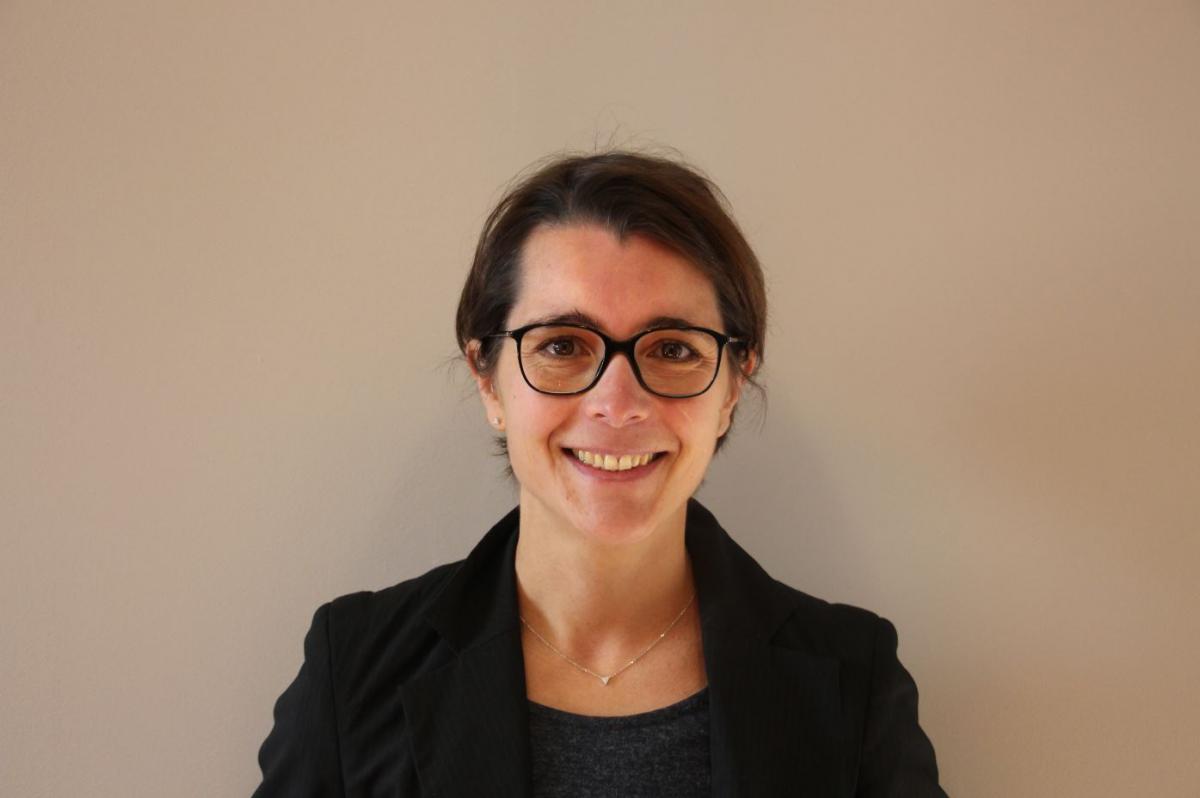
Danielle Laurencin, CNRS researcher based in Montpellier, will use her ERC grant to address this limitation with a novel approach. Together with her team, she intends to develop rapid, user-friendly and low-cost procedures for enriching a wide variety of organic and inorganic compounds in oxygen-17 by resorting to mechanosynthesis – a method that involves the use of mechanical forces to perform chemical reactions. These developments will then be used to explore new uses of oxygen-17 Nuclear Magnetic Resonance, for instance elucidating the structure and reactivity of biomaterials. Thanks to this ingenious strategy, oxygen-17 Nuclear Magnetic Resonance could finally become more available to the broad research community, including chemists, biologists and physicists.
Project: Mechanochemistry: a unique opportunity for oxygen isotopic labelling and NMR spectroscopy (MISOTOP)
Researcher: Danielle Laurencin
Host institution: Centre National de la Recherche Scientifique (CNRS), France
ERC funding: €2 million for 5 years
Invention of scripts and their beginnings
Writing is doubtless one of mankind's greatest achievements. Independent writing systems, all of which image-based, were invented in different parts of the world thousands of years ago: the cuneiform in Mesopotamia and the hieroglyphs in Egypt (late 4th millennium BC), the Chinese characters in China (ca. 1200 BC) and the Mesoamerican scripts in Mesoamerica (900-400 BC). Over the centuries, several writing systems developed from the original four, including the alphabet in which this text is written. Some of them remain still undeciphered.
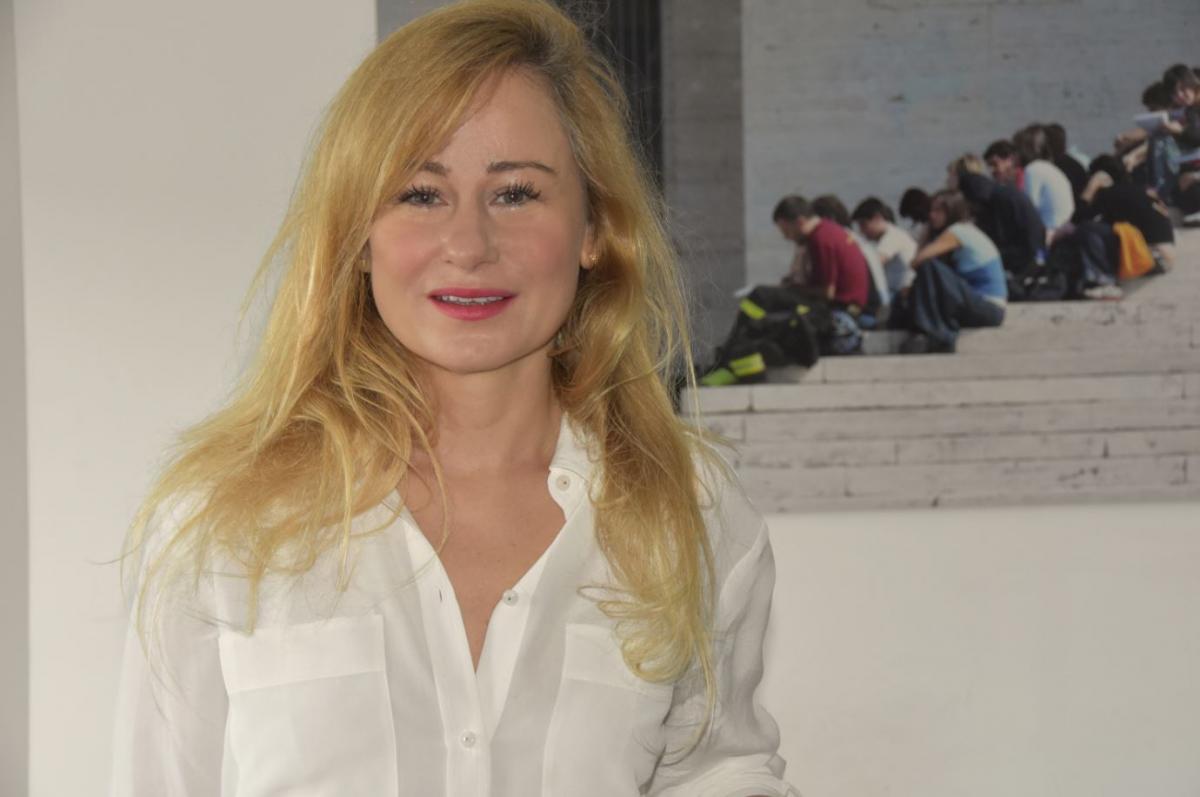
At the University of Rome "La Sapienza", Dr Silvia Ferrara is to shed more light on the origin of writing. She will adopt a novel multidisciplinary and comparative approach that will allow her to study the world's first instances of writing, including the earliest in Europe, through the lens of archaeology, anthropology, cultural evolution, cognitive studies and decipherment strategies. Ferrara's objective is eventually to establish what the contextual preconditions for the invention of writing are, why the signs are shaped as they are and on the basis of what criteria sounds were noted down. Furthermore, she will use the same multidisciplinary perspective to analyse the three undeciphered Aegean scripts (Cretan Hieroglyphic, Linear A and Cypro-Minoan) with the aim of producing the first complete digital corpus of the three Aegean scripts.
Project: INvention of SCRIpts and their BEginnings (INSCRIBE)
Researcher: Dr Silvia Ferrara
Host Institution: University of Rome "La Sapienza", Italy
Funding: €1.46 million for five years
Deciphering circadian communication
Our body is equipped with billions of synchronised individual clocks (the so called circadian clocks) that make it possible for the organism to coordinate its biology and behaviour with the day-night cycle. These clocks, made of specific molecules that interact with each other, are found in almost every cell of the body. Together with a master clock located in the brain, which coordinates and synchronises them, they form our circadian timing system. Since these clocks anticipate environmental changes and influence important bodily functions such as sleep-wake cycles, hormone release, eating habits and digestion, the understanding of their temporal synchronization is of topical importance.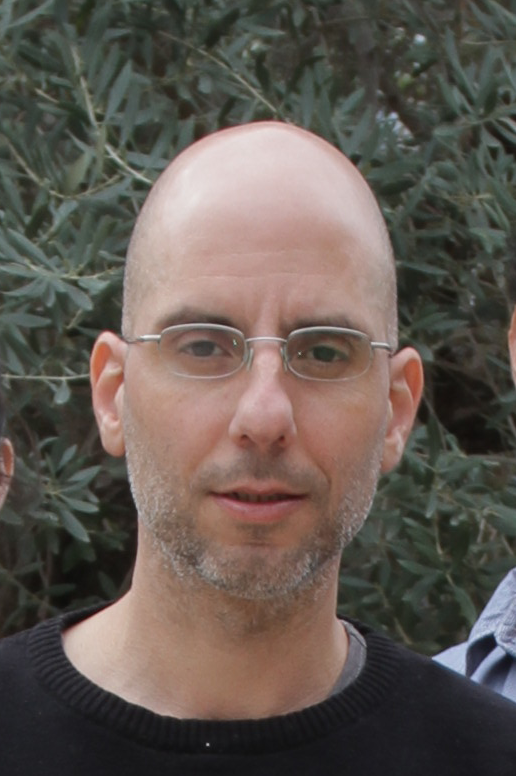
Dr Gad Asher's cutting edge research at the Weizmann Institute of Science on circadian biology will soon shed light on the mechanisms of communication that allow billions of circadian clocks in our bodies to function in sync. Having discovered that oxygen serves as a resetting cue for circadian clocks, Asher intends to determine the role of oxygen and carbon dioxide in circadian clock communication and function to see if blood gases could function as time signal. Furthermore, Asher and his team will reconstruct the circadian system of mammals, sequentially restoring clocks in peripheral tissues of non-rhythmic animals, in order to unravel the mechanism of circadian communication in peripheral tissues which is so far very little known.
Project: Deciphering molecular pathways of circadian clock communication (CIRCOMMUNICATION)
Researcher: Dr Gad Asher
Host Institution: Weizmann Institute of Science, Rehovot, Israel
Funding: €2 million for 5 years
Mathematics of noise sensitivity
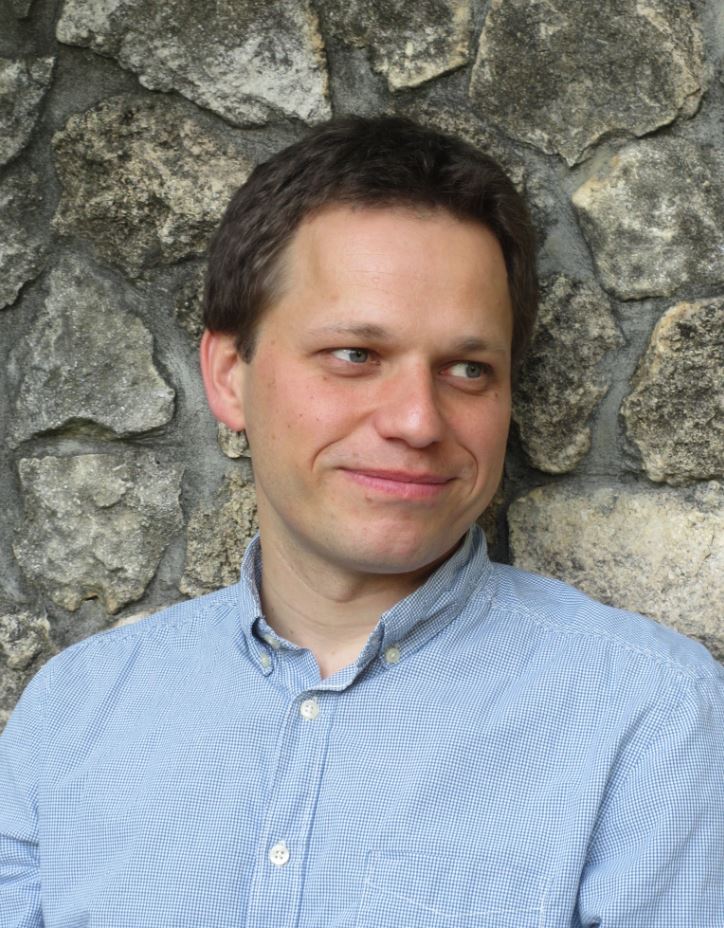 Without mathematics, most of the things that we use in our daily lives - computers, smartphones, home appliances, only to mention a few - would not exist. In fact, mathematical models and theories are largely employed in all of the other sciences, including natural sciences, social sciences, engineering and even medicine. At the Alfréd Rényi Institute of Mathematics of the Hungarian Academy of Sciences, Dr Gábor Pete will be carrying out new research on noise sensitivity. The phenomenon that Dr Pete will study originates in computer science, with applications from computational complexity theory to the design of computer chips. In functions of many variables, if the input is noisy, that can affect the output, and many interesting functions are sensitive even to tiny noise. The aim of Dr Pete's research is to understand what exactly makes a function noise-sensitive, for different types of random input: independent input bits, as typically assumed in computer science, or different models of statistical mechanics with thermal noise, or random walks in permutation groups. He intends to apply these ideas to tackle a variety of unsolved problems at the crossroads of probability theory, statistical physics, group theory, and computer science, showing that nowadays breakthroughs in mathematics may come from interdisciplinary research.
Without mathematics, most of the things that we use in our daily lives - computers, smartphones, home appliances, only to mention a few - would not exist. In fact, mathematical models and theories are largely employed in all of the other sciences, including natural sciences, social sciences, engineering and even medicine. At the Alfréd Rényi Institute of Mathematics of the Hungarian Academy of Sciences, Dr Gábor Pete will be carrying out new research on noise sensitivity. The phenomenon that Dr Pete will study originates in computer science, with applications from computational complexity theory to the design of computer chips. In functions of many variables, if the input is noisy, that can affect the output, and many interesting functions are sensitive even to tiny noise. The aim of Dr Pete's research is to understand what exactly makes a function noise-sensitive, for different types of random input: independent input bits, as typically assumed in computer science, or different models of statistical mechanics with thermal noise, or random walks in permutation groups. He intends to apply these ideas to tackle a variety of unsolved problems at the crossroads of probability theory, statistical physics, group theory, and computer science, showing that nowadays breakthroughs in mathematics may come from interdisciplinary research.
Project: Noise-Sensitivity Everywhere (NOISE)
Researcher: Dr Gábor Pete
Host Institution: Alfréd Rényi Institute of Mathematics, Hungarian Academy of Sciences, Budapest, Hungary
Funding: €1.4 million for 5 years
The role and impact of forensic science in Europe
Television shows such as CSI and Criminal Minds lean heavily on science and technology which seems to ensure that justice is done equally for everyone, providing impartial and unambiguous results. However, in reality, the role and impact of scientifically-based evidence depends on where the court is located.
Dr Willemijn Ruberg, from Utrecht University in the Netherlands, puts forward that cultural ideas and practices have been major determinants in the position of doctors and psychiatrists in the courtroom, demonstrating the cultural influences that determine how forensic science was accepted in Europe from 1930 to 2000. To expose the power of culture, she will use criminal cases in which gender plays an important role (rape, murder and infanticide), as such cases often play out in the media as well as the courtroom. Her team will also compare the forensic practices of the Netherlands, England, Spain and Russia as these four countries have differing legal systems and ideologies.
The project will analyse the relationships between forensic science, medicine and psychiatry, thereby using an innovative comparative cultural-historical approach. The outcomes will explain how scientific expertise works in practice and impacts the administration of justice.
Project: Forensic Culture. A Comparative Analysis of Forensic Practices in Europe, 1930 -2000 (FORCe)
Researcher: Willemijn Ruberg
Host institution: Utrecht University, the Netherlands
ERC funding: €2 million for 5 years
How to make drug-resistant bacteria sensitive to antibiotics again
The overuse and misuse of antibiotics has led over the years to a rapid emergence of antibiotic resistant bacteria worldwide. It is estimated that antibiotic resistant bacteria will kill over 300 million people in the course of the next 35 years, becoming a bigger killer than cancer. The need to find alternative strategies for antimicrobial therapies remains a global challenge.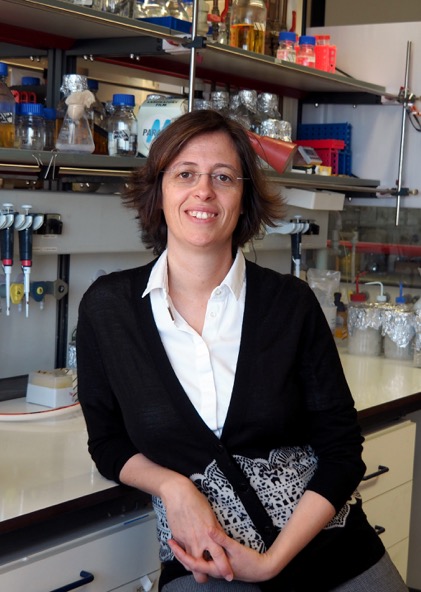
Prof Mariana Pinho, an expert on the biology of Staphylococcus aureus, the most common multidrug-resistant bacteria in the European Union, has taken on the challenge. She thinks that the changes undergone by bacteria during their cell cycle are key to finding a way to make drug-resistant bacteria sensitive to antibiotics again. In fact, these changes are believed to generate a window of opportunity during which bacteria are more susceptible to the action of antibiotics. Prof Pinho intends to find a way to manipulate the duration of this window of opportunity in order to allow existing antibiotics to act. She reckons that learning how antibiotics work at a single cell level could also lead to discovering new ways to fight multidrug-resistant bacteria. She will, therefore, develop new reporter strains for whole-cell screenings of antibiotics.
Project: Exploring the bacterial cell cycle to re-sensitize antibiotic-resistant bacteria (ChronosAntibiotics)
Researcher: Prof Mariana Pinho
Host Institution: Instituto de Tecnologia Quimica e Biologica – Universidade Nova de Lisboa
Funding: €2.5 million for 5 years
Wild again - Unravelling the genomics of feralisation

Ever since Charles Darwin's discoveries, domestication has been an area of interest, and model for evolution. Dr Dominic Wright based at Linköping University in Sweden decided to study the reverse, called feralisation. This is the complex process that occurs when a domestic population is returned to the wild. When this happens, both natural and sexual selection return, thereby influencing predatory, foraging and mate choice selections, having strong effects on a once domesticated, now feral, population.
However, almost nothing is known about the genomic changes associated with feralisation, despite domestication being used to identify genes affecting a large number of traits that change with selection. To gain more insights, Dr Wright will identify underlying genes, mechanisms of trade-offs and adaptations surrounding feralisation by studying in parallel feral and lab chickens.
Overall, feralisation combines the advantage of analysis conducted on natural populations, taking into account evolutionary theory and population genetics, with the genetic and genomic resources available to domestic animals. By combining feralisation with domestication, Dr Wright's research hopes to answer various important questions currently predominating the field of biology.
Project: The Genomics of Feralisation (FERALGEN)
Researcher: Dominic Wright
Host institution: Linköping University, Sweden
ERC funding: €1.98 million for 5 years
The ethics of drone violence
Traditionally, war has involved exposure to physical risk and proximity to an enemy. However, new military technology, including the increasing use of armed, unmanned aircraft also known as drones, controlled remotely, possibly by artificial intelligence, is now challenging understandings of modern warfare. In this context, the violent use of drones raises ethical questions, as human lives are at stake in a practice that escapes conventional ways of governing war.
Christian Enemark, at the University of Southampton, intends to address such questions by opening up a moral inquiry into drone violence, defined as violence involving a weapon system that is radically remote from its immediate user. Drawing from international relations, moral philosophy and computer science, he will develop an integrated framework to provide a new normative vision of drone violence. This would be the first analytical tool for comprehensively assessing ethical concerns related to drone violence and providing recommendations for policy makers.
Project: Emergent Ethics of Drone Violence: Toward a Comprehensive Governance Framework (DRONETHICS)
Researcher: Christian Enemark
Host institution: University of Southampton, United Kingdom
ERC funding: €1.36 million for 5 years
Finding tuberculosis's weak spot
 Tuberculosis is still one of the top 10 causes of death worldwide. The World Health Organisation reckons that, only in 2015, 10.4 million people contracted tuberculosis and 1.8 million died from the disease, not to mention that one-third of the world's population has latent tuberculosis.
Tuberculosis is still one of the top 10 causes of death worldwide. The World Health Organisation reckons that, only in 2015, 10.4 million people contracted tuberculosis and 1.8 million died from the disease, not to mention that one-third of the world's population has latent tuberculosis.
Tuberculosis is caused by a pathogen called Mycobacterium tuberculosis (Mtb) that is spread from person to person through the air. To cause the disease and disseminate to other hosts, Mtb needs to replicate within human cells. Knowing the exact location of the replication would help scientists to plan rational intervention to prevent the disease. Unfortunately, due to the lack of appropriate imaging technologies, it has so far been impossible to proceed.
Dr Maximiliano Gutierrez and his group, however, have developed cutting-edge imaging technologies, such as live cell imaging, super resolution microscopy and correlative live cell 3D- electron microscopy, capable of imaging and quantifying Mtb localisation and replication. With the help of these innovative technologies, Gutierrez intends to identify the intracellular sites that allow or restrict Mtb replication in humans, thus opening new avenues for a deeper understanding of human tuberculosis and facilitating the development of vaccines and antibiotics.
Project: Spatiotemporal regulation of localization and replication of M. tuberculosis in human macrophages (DynaMO_TB)
Researcher: Dr Maximiliano Gutierrez
Host Institution: The Francis Crick Institute, London, UK
Funding: €2 million for 5 years



